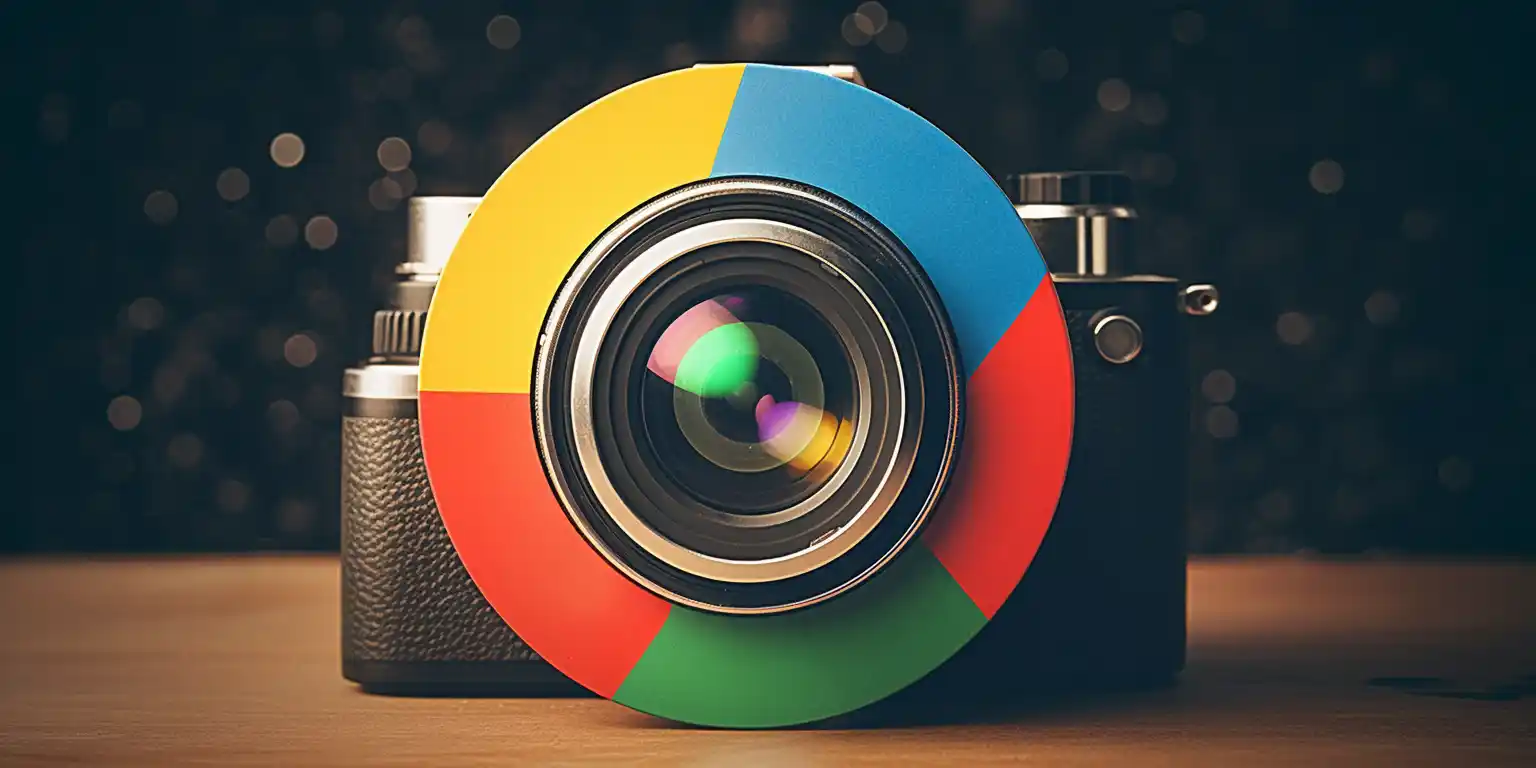FactCheck has never been more crucial. As we navigate the digital age, the rampant misuse of images poses a significant challenge to discerning truth from fiction. Misinformation, often spread through manipulated visuals, has the potential to sway public opinion and distort realities.
In response to this growing concern, Google is championing the cause. The tech behemoth has unveiled a robust set of tools, empowering users to determine the authenticity and context of images they encounter online. This initiative underscores Google’s commitment to fostering a more informed and transparent digital landscape.
➜ Google’s Fight Against Image Misinformation
Misinformation, primarily through images and videos on social media, has become a significant concern in today’s digital age. Recognizing the potential dangers of such misleading content, Google has introduced a series of tools that offer more contextual information about images. This move aims to curb the spread of false information and ensure users have a clearer understanding of the content they encounter.
➜ “About This Image” – A Deep Dive
Earlier this year, Google teased its “About this image” features. Now, they’re rolling it out to all English-speaking users worldwide. This tool provides a comprehensive view of an image’s history, metadata, and how it’s been used across various websites.
One of the standout features is the ability to see when Google Search first identified the image. This helps users gauge the image’s recency and context. Additionally, users can easily debunk any associated false claims by understanding how the image is described on other sites.
➜ AI-Generated Images: The New Frontier
With the surge in AI technology, AI-generated images are becoming more prevalent. Google has taken steps to address this by marking all images created by its AI. Furthermore, in collaboration with tech giants like Microsoft, Nikon, Leica, and Adobe, a symbol has been introduced to label AI-generated images clearly. This move ensures transparency and helps users differentiate between AI-created and authentic images.
➜ Accessing Google’s Image Tools
For those eager to use these tools, they’re easily accessible. On Google Images, click on the three-dot menu. Alternatively, the “more about this page” option on the “About this result” tool, also available through the three-dot menu, provides similar information. Google is continuously innovating and exploring more intuitive ways for users to access these tools.
➜ Empowering Journalists with FactCheck
Google isn’t stopping at just the average user. They’ve announced that approved journalists and fact-checkers can utilize the FaceCheck Claim Search API. This tool allows them to upload or copy image URLs to delve deeper into their origins. Earlier in June, Google began testing these features with the Fact Check Explorer tool, granting fact-checkers the ability to access fact-checks, references, and other essential details linked to specific images.
➜ Generative AI and Google’s Search Generative Experience (SGE)
Google is also dabbling in generative AI to enhance the description of sources, especially when dealing with unfamiliar sellers or lesser-known blogs. Users who opt into the Search Generative Experience (SGE) will be presented with AI-generated information about sites in the “more about this page section.” This AI-curated information will often cite the page or site from other reputable websites, especially when there’s a lack of details from sources like Wikipedia or the Google Knowledge Graph.
➜ The Broader Tech Landscape
Google isn’t alone in this fight against image misinformation. Adobe, for instance, launched an open-sourced toolkit in June designed to assist apps and websites in verifying image credentials. Another initiative, Community Notes, has been introduced by X for its crowdsourced fact-checking program, focusing on images and videos.
In an age where seeing is no longer believing, tools like these are crucial. Google’s proactive approach to tackling image misinformation is commendable. As technology evolves, the line between reality and digital fabrication blurs. It’s reassuring to see industry leaders like Google taking steps to ensure the digital realm remains a source of credible information.


